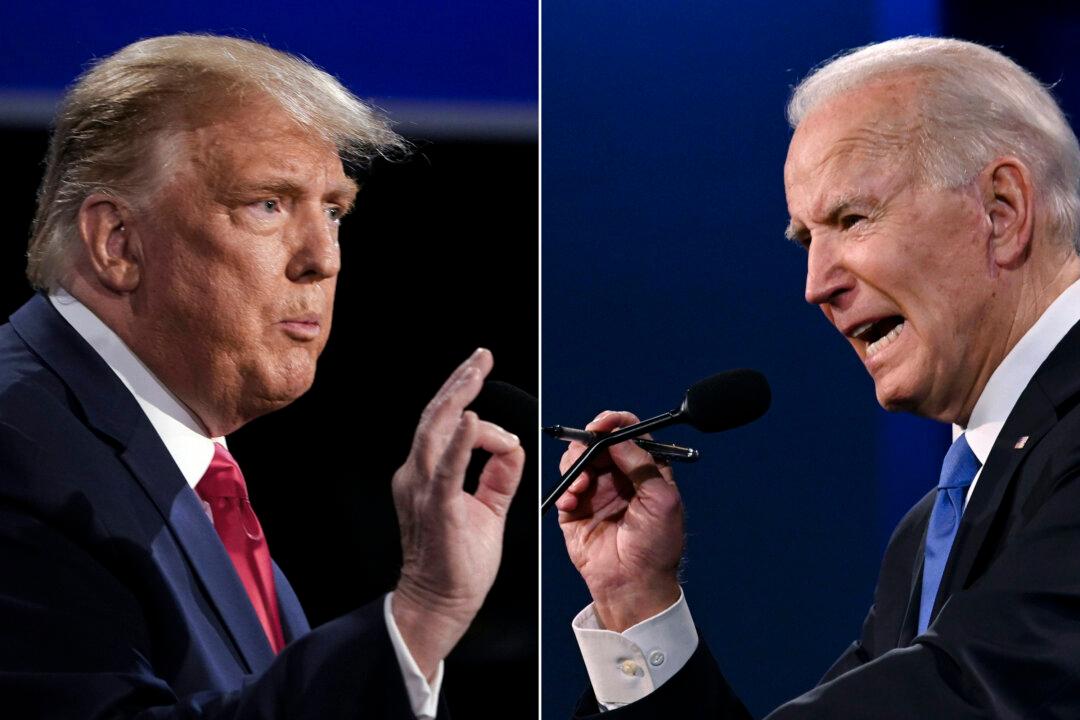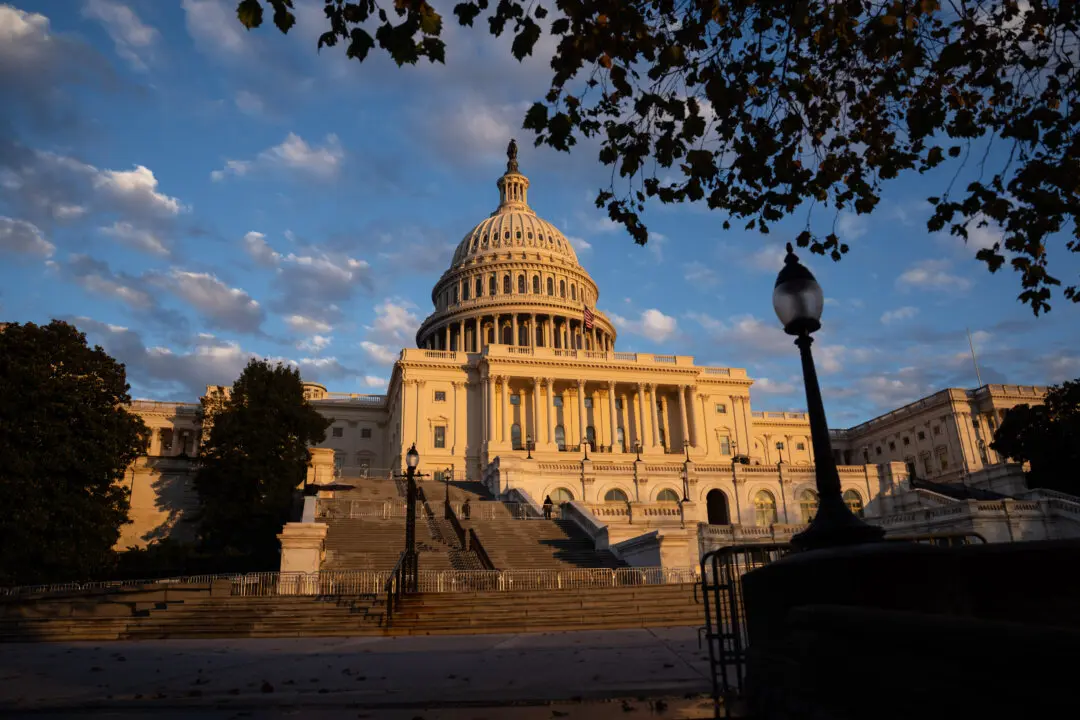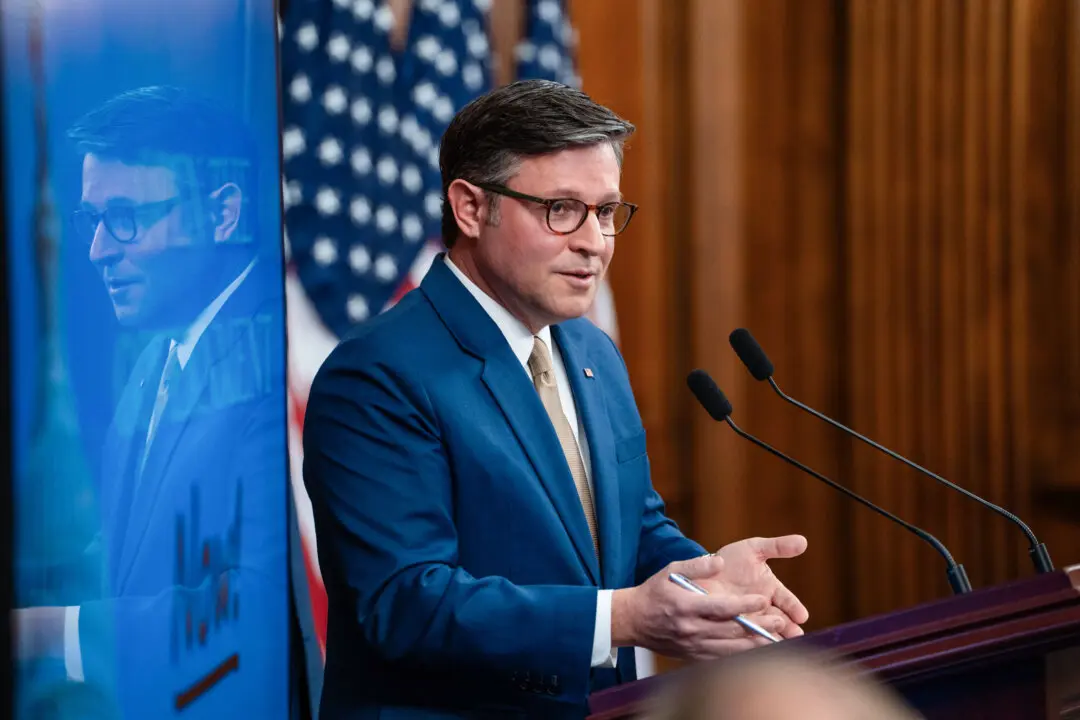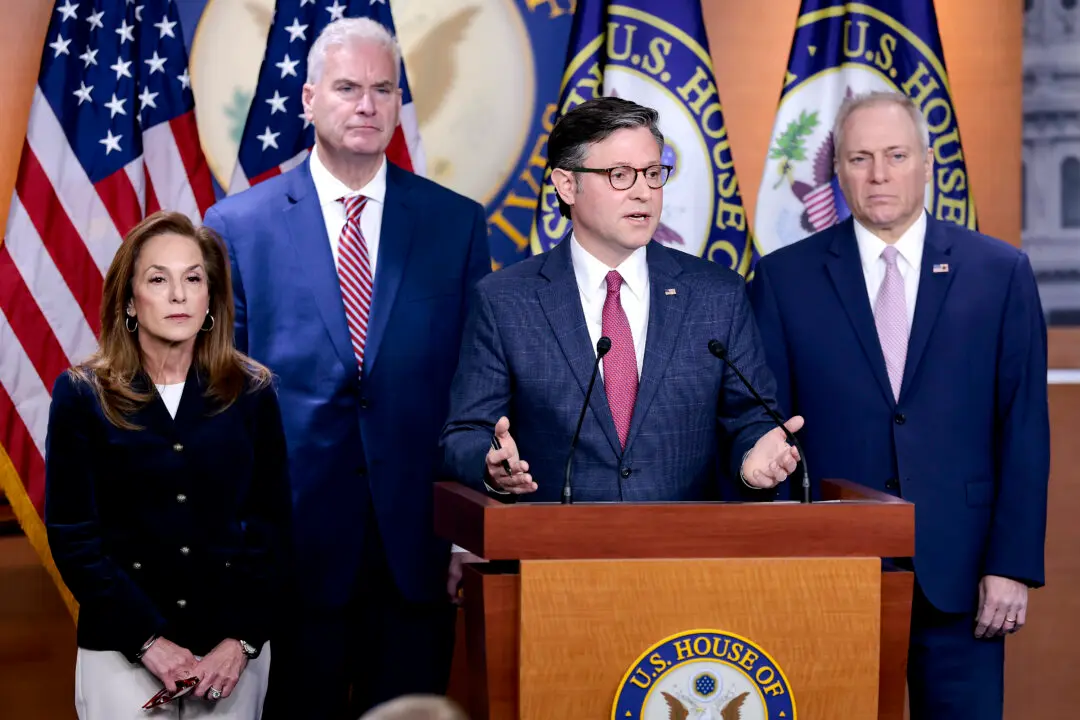Wrangling over the ground rules of presidential debates is a time-honored tradition that dates back to the first-ever televised debates in 1960 when John F. Kennedy refused to wear makeup on camera, and Richard Nixon followed suit.
The suntanned Democrat appeared youthful and vigorous while Nixon’s five-o’clock shadow and pallid complexion made him look haggard. Kennedy won the debate and the election, setting off a quadrennial contest to win debates before they begin by staging them on favorable terms.





